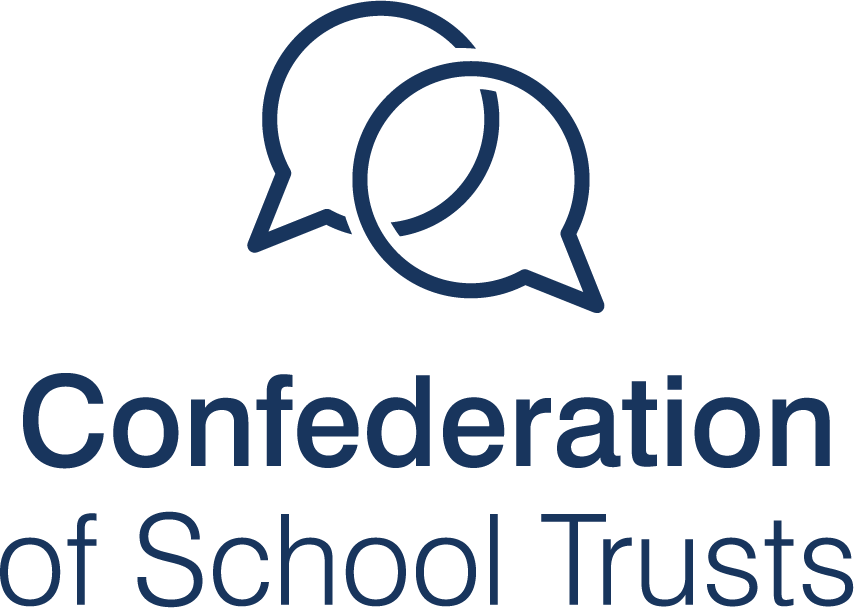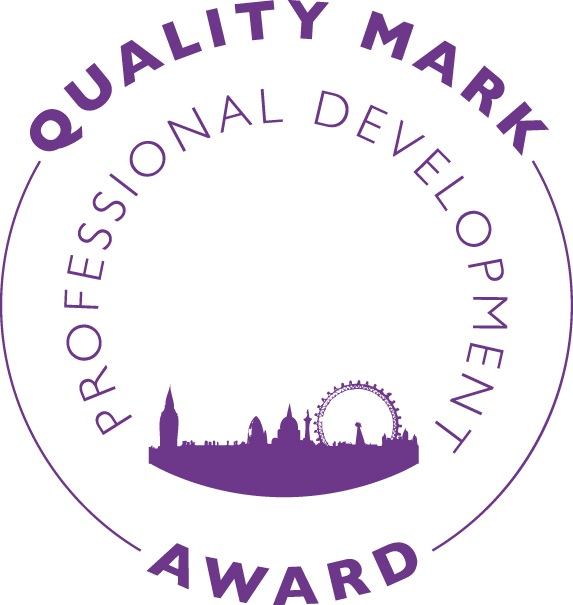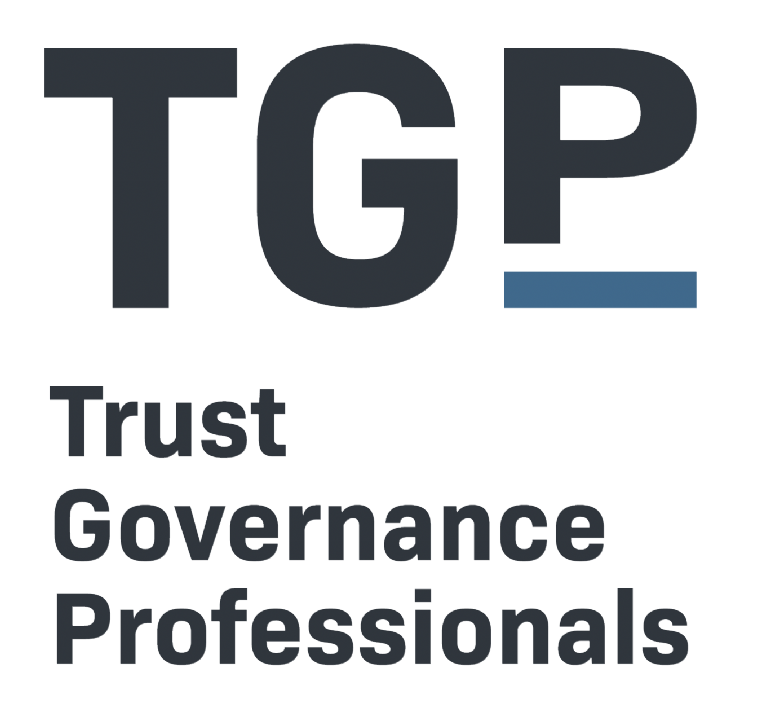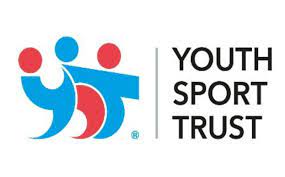Exercise: the miracle cure or the next cult?

Our latest blog post outlines how The Tapscott Learning Trust are addressing the inactivity crisis.
What are your memories of PE? The best part of the week? Faked asthma attacks? Hiding behind the bike sheds? Winning?
I remember a bit of both. The humiliation when I stood on the ball rather than clearing it from our own goal line and somehow contrived to half kick, half bundle it into the back of the net - and the admonishment from my peers that followed. The camaraderie of the rugby team and the lifelong friends I made and leadership lessons I learnt. Cricket on the school field on long summer evenings. Being walloped in the thigh on a freezing December day by a dimpled Size 5 Mitre football. The list goes on.
We all have our own memories of school sport and PE and we all have strong associations with being physically active now - often shaped by these formative years. The recent podcast from twin doctors Xand and Chris Tulleken sees Xand trying to convince Chris of the importance of exercise. Chris expounds on his thoughts about exercise: ‘There are culty aspects to exercise and I think we don’t discuss, enough, the harm that it does: the injuries it causes; the inadequacy it generates; how much people are made to hate it when they’re young; the money it costs everyone - it’s an industry, and the guilt around it - the unused gym memberships, the sense that there is this moral aspect to it, that it’s something we should be doing.’
No doubt much of this will ring true with many of you and with our families. At the same time, the evidence keeps mounting and it is increasingly hard to ignore. Whether it is the negative: fewer than 50% of children getting the recommended levels of physical activity; 1 in 6 deaths associated with physical inactivity - or the converse: 40% lower chance of cognitive decline; exercise more effective than anti-depressants. The Chief Medical Officer said, “If physical activity were a drug, we would refer to it as a miracle cure, due to the great many illnesses it can prevent and help treat.” Increasingly we know physical activity can impact everything from attendance to behaviour to learning and cognition.
What does all this mean for schools and school leaders? There is no doubt that school experiences deterred as many of us as it galvanised. What can we do today to overcome the challenges of tomorrow? In my experience, people get into teaching for one of two reasons: they had a great teacher they want to emulate or they had an awful experience and they want it to be different for the children they teach. If you are the latter, what can you do that will make children’s experience of physical activity different to your own? Across our Trust, we have been focusing on health and wellbeing, and this is what we’ve learnt.
Meet children where they are
At The Tapscott Learning Trust, we know the starting point is to meet people where they are. Forcing children to run through the mud may well be character building for some but, for others, it will permanently put them off being active. We need to rethink our approaches to PE. Our focus is on ensuring children are active. This will differ as our schools serve different communities. At some it is more about Outdoor Learning and training staff as Forest School Leaders. At others it is about changing PE lessons to be more about children’s fitness - getting heart rates up and children out of breath playing classics like, ‘Stuck in the mud’ - and focusing on core skills with a heavy emphasis on gymnastics. Whereas others focus on sports - American Football, Baseball, Boccia, Boxing - as well as football, netball, rounders, cricket etc. We build pupil voice and choice into this wherever we can. What’s important is that children are active and they are developing a love of being active - not being scarred for life.
Active through the day
Physical activity is much more than PE. Recent research reinforced the impact children wearing activewear can have on activity through the day. We are also part of the Newham Healthy School Streets initiative, creating more opportunities for active travel. We work in partnership with TeachActive to deliver active lessons. We also incorporate active learning breaks through the day and provide lots of opportunities for active breaks and lunchtimes. Again, so much of this is about building a love of being active without it having to be competitive and stressful.
Chances for competition
Not that competition is necessarily bad! Yes, I was that child picked last in the lunchtime testosterone-fest that was school football. And, yes, it was awful. We could write a whole blog on competition alone. Our Sports Hub provides competitive opportunities for our schools and any others who want to be part of our work. They are highly experienced and trained and they manage it well. We try to give children opportunities whilst also allowing those who excel in this area to do so. We work hard to make it formative and developmental and to consciously teach the traits that allow us to compete and win or lose well. It is a complex area that is fuelled by the external environment but it is important for children to experience this in a safe space.
Build partnerships
There are so many passionate people out there who genuinely want to help. We have built some amazing partnerships. We’re very proud to be the inaugural Well School Trust in partnership with the Youth Sport Trust. We are also delighted to partner with Major League Baseball. Children were part of the World Tour at the Olympic Stadium and regularly play as part of the curriculum and during their play and lunchtimes thanks to the construction of the school’s own Baseball Diamond.











